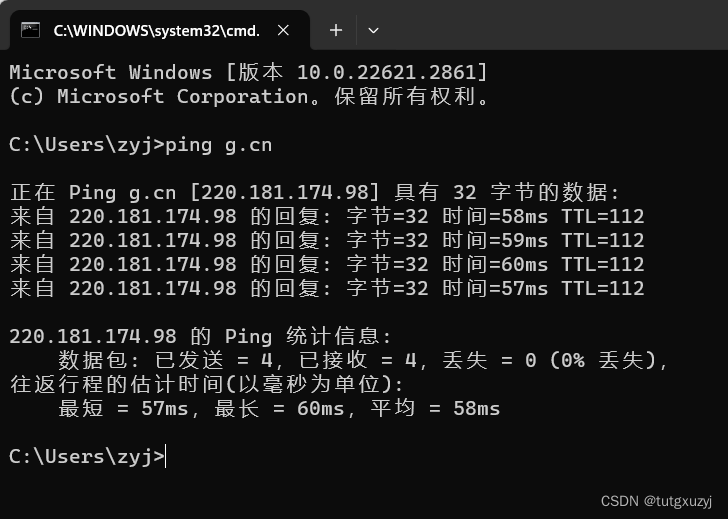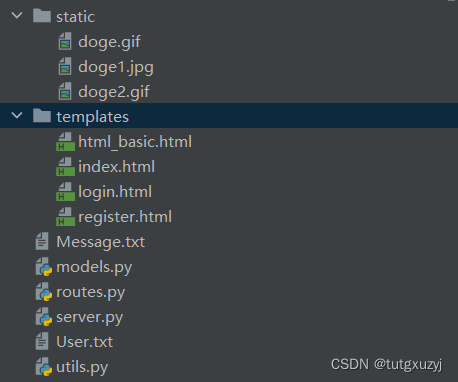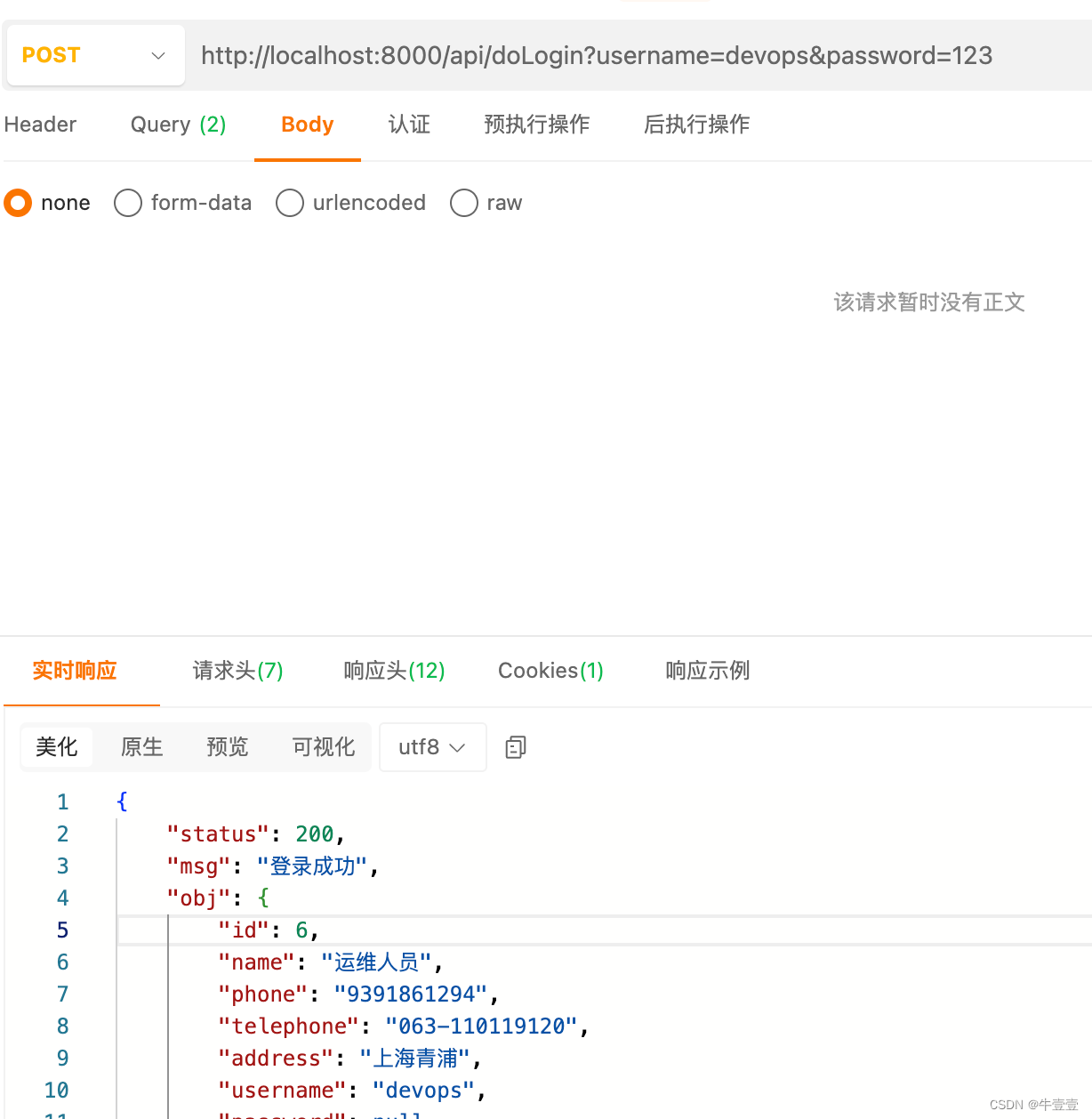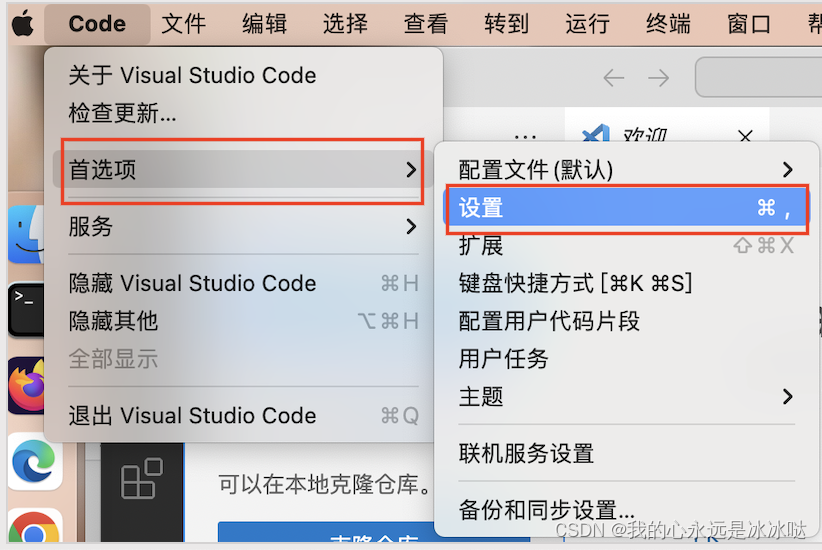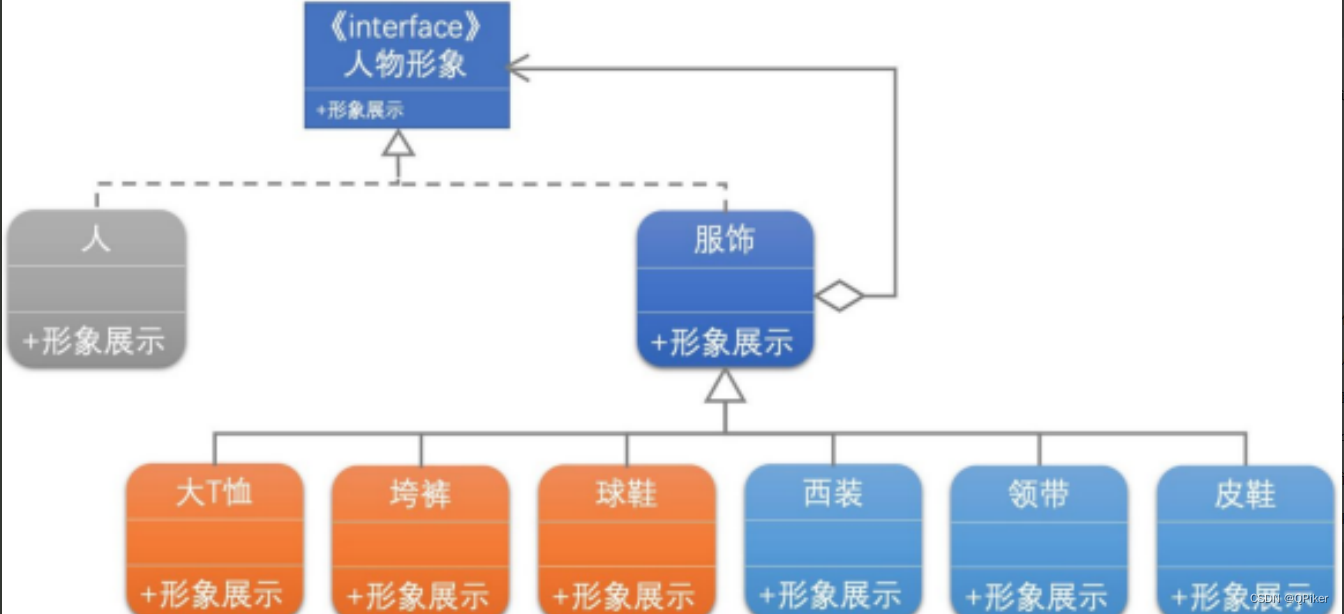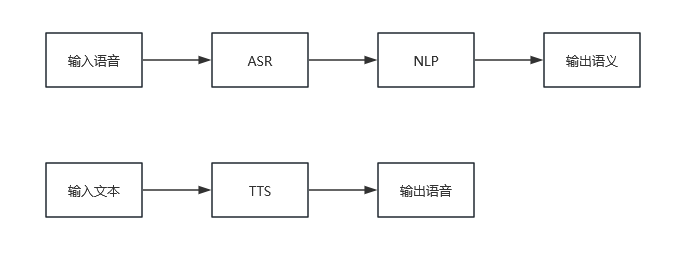Flask框架小程序后端分离开发学习笔记《4》向服务器端发送模拟请求-爬虫
Flask是使用python的后端,由于小程序需要后端开发,遂学习一下后端开发。
下面代码,是一个比较老的版本了,可以借鉴一下。
import socket
import ssl
def parsed_url(url):
#检查协议
protocol = 'http'
if url[:7] == 'http://':
u = url.split('://')[1]
elif url[:8] == 'https://':
protocol = 'https'
u = url.split('://')[1]
else:
#':/l '定位然后取第一个/的位置来切片
u = url
# 经过这样,url中的协议被切掉了,注意切片后数组下标由0开始
# 例如 https://www.baidu.com:2024/apple
# 切除后 www.baidu.com:2024/apple
# 检查默认path
i = u.find('/')
if i == -1:
host = u
path ='/'
else:
host = u[:i]
path = u[i:]
# 这一步处理过后
# host = www.baidu.com:2024
# path = apple
# 检查端口
# 默认端口
port_dict = {
'http': 80,
'https': 443,
}
# 非默认端口
port = port_dict[protocol]
if ':' in host:
h = host.split(':')
# print(h) 测试用,当控制台说哪有问题,阔以尝试使用打印大法,看看是啥问题
host = h[0]
port = int(h[1])
return protocol, host, port, path
#以下test开头的函数是单元测试
def test_parsed_url():
#parsed_url函数很容易出错,所以我们写测试函数来运行看检测是否正确运m
http = 'http'
https = 'https'
host = 'g.cn'
path = '/'
test_items = [
('http://g.cn', (http,host,80,path)),
('http://g.cn/', (http,host,80,path)),
('http://g.cn:90',(http, host,90,path)),
('http://g.cn:90/', (http,host, 90,path)),
# 这里面的都是典型测试用例即可
('https://g.cn', (https,host,443,path)),
('https://g.cn:233/',(https,host,233,path)),
]
for t in test_items:
url, expected = t
u = parsed_url(url)
# assert是一个语句,名字叫断言
# 如果断言成功,条件成立,则通过测试,否则为测试失败,中断程序报错
e = "parsed_url ERROR,{}{}{}".format(url,u,expected)
assert u == expected, e # 如果u == expected为true,就没问题,继续;否则就会中断,然后打印e
# print("test_parsed_url测试通过!")
def socket_by_protocol(protocol,host):
# 根据协议返回一个socket实例
s = socket.socket()
if protocol == 'https':
# 创建一个默认的SSL上下文环境
context = ssl.create_default_context()
# 使用SSL上下文环境来包装socket对象
s = context.wrap_socket(s, server_hostname=host)
return s
def response_by_socket(s):
# 持续接收响应,返回响应的byte型
# 参数是一个socket实例
# 返回这个socket读取的所有数据
response = b''
buffer_size = 1024
while True:
r = s.recv(buffer_size)
if len(r) == 0:
break
response += r
return response
def parsed_response(r):
# 把response解析出状态码headers body返回
# 状态码是int
# headers 是dict
# body是str
header, body = r.split('\r\n\r\n',1) # \r\n\r\n是其分界线
h = header.split('\r\n') # 就会切分很多行 例如:HTTP/1.1 301 Moved Permanently
status_code = h[0].split()[1] # h[0]就是响应行 status_code=301 按照空格切分
status_code = int(status_code)
headers = {
}
for line in h[1:]: # 把响应Header部分每一行都存成字典
k, v = line.split(': ')
headers[k] = v
return status_code, headers, body
def get(url):
# 用GET请求url并返回响应
protocol,host,port,path= parsed_url(url)
# 因为协议不一样,socket实例构建方式不同
s = socket_by_protocol(protocol,host)
s.connect((host,port))
request = 'GET HTTP/1.1\r\nhost: {}\r\nconnectibn: close\r\n\r\n'.format(path,host)
encoding = 'utf-8'
s.send(request.encode(encoding))
response = response_by_socket(s)
r = response.decode(encoding)
# 利用parsed_response处理接收到的响应,分别得到想要的东西
status_code, headers, body = parsed_response(r)
if status_code in [301, 302]: # 301、302说明是需要重定向
url = headers['Location']
return get(url)
return status_code, headers, body
def test_get():
# 测试是否能正确处理HTTP和HTTPS
urls = [
'http://movie.douban.com/top250',
'https://movie.douban.com/top250',
]
# 这里就直接调用了get如果出错就会挂,测试得比较简单
for u in urls:
status_code, headers, body = get(u)
print(status_code,headers,body)
def test():
# 用于测试的主函数
test_parsed_url()
test_get()
# test_parsed_response()
if __name__ == '__main__':
test()
# main()
# 代码注意模块化,写what不写how,不写具体怎么实现,具体怎么实现就封装起来
最后尝试请求豆瓣的网页,并未得到,我怀疑是有反爬手段,我们的请求数据还有很多东西没加进去,所以看起来不像是浏览器发送的请求,后续会继续学习,解决这个问题。




